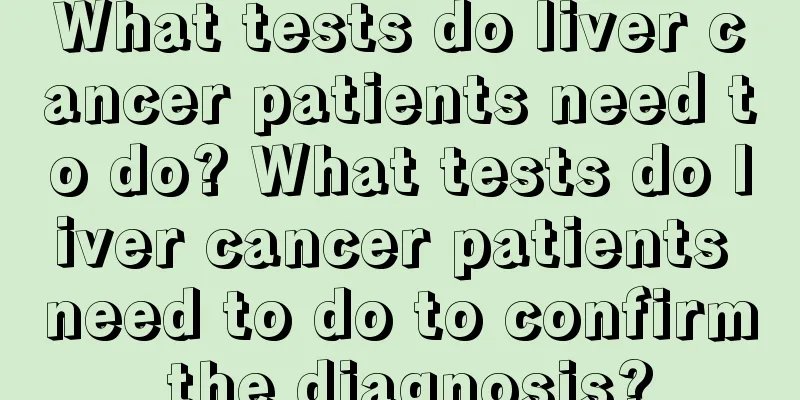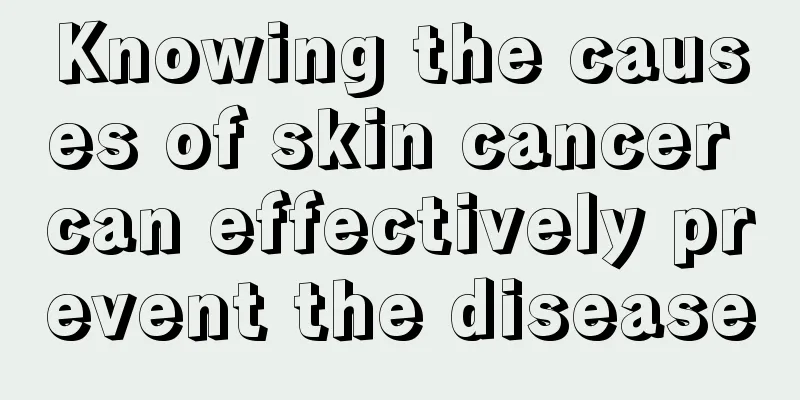What are the symptoms of severe spondylosis

|
If cervical spondylosis is particularly severe, it will cause compression of people's brain nerves, thus affecting their normal life. Therefore, if you feel that you have severe cervical spondylosis, you should seek treatment as soon as possible. If you want to judge the severity of cervical spondylosis, you can judge it based on some phenomena. For example, if you often feel dizzy, it means that the cervical spine has compressed the nerves. So what are the symptoms of severe cervical spondylosis? 1. Common symptoms The symptoms of cervical spondylosis are very rich, varied and complex. Most patients have mild symptoms at the beginning, which gradually worsen later. Some patients also have severe symptoms. This is related to the type of cervical spondylosis you suffer from, but there are often few simple types. There is usually one main type and one to several types mixed together, which is called mixed cervical spondylosis. Therefore, the symptoms are very rich, diverse and complex. 1. Neck and shoulder pain can radiate to the headrest and upper limbs; 2. A feeling of heaviness on one side of the shoulder and back, weakness in the upper limbs, numbness in the fingers, decreased sensation in the skin of the limbs, inability to hold objects, and sometimes unconsciously dropping objects. 3. Its typical severe manifestations are: weakness in the lower limbs, unsteady walking, numbness in both feet, and a feeling of walking on cotton. 4. The most serious cases may even cause loss of control of urination and defecation, sexual dysfunction, or even paralysis of the limbs. 5. Often accompanied by soreness in the head, neck, shoulders, back, and arms, stiff neck, and limited movement. 6. Some are accompanied by dizziness and room spinning. Severe cases are accompanied by nausea and vomiting and are bedridden. A few may have vertigo and cataplexy. 7. When cervical spondylosis involves the sympathetic nerves, dizziness, headache, blurred vision, swelling and dryness of the eyes, inability to open the eyes, tinnitus, ear congestion, imbalance, tachycardia, palpitations, chest tightness, and even gastrointestinal bloating may occur. There are also symptoms such as difficulty swallowing and difficulty in pronunciation. Most cases are mild at onset and are not taken seriously by people. Most can recover on their own, with symptoms varying from mild to severe. Only when symptoms continue to worsen and cannot be reversed, affecting work and life, will they be taken seriously. If the disease is not cured for a long time, it will cause psychological harm and produce symptoms such as insomnia, irritability, anger, anxiety, and depression. 2. Classification of cervical spondylosis 1. Cervical spondylotic radiculopathy (1) It has typical radicular symptoms (numbness, pain), and the range is consistent with the area innervated by the cervical spinal nerves. (2) Positive head pressure test or brachial plexus traction test. (3) The imaging findings are consistent with the clinical manifestations. (4) Pain point blocking has no significant effect. (5) Diseases other than the cervical spine, such as thoracic outlet syndrome, carpal tunnel syndrome, cubital tunnel syndrome, and frozen shoulder, which are the main causes of upper limb pain. 2. Cervical spondylotic myelopathy (1) Clinical manifestations of cervical spinal cord damage. (2) X-rays show bone hyperplasia at the posterior edge of the vertebral body and spinal canal stenosis. Imaging confirmed the presence of spinal cord compression. (3) Excludes amyotrophic lateral sclerosis, spinal cord tumors, spinal cord injury, multiple neuritis, etc. 3. Vertebral artery type cervical spondylosis (1) A history of cataplexy. Accompanied by cervical vertigo. (2) The neck rotation test is positive. (3) X-rays show segmental instability or bone hyperplasia of the axis joint. (4) Often accompanied by sympathetic nervous system symptoms. (5) Exclude vertigo caused by eyes or ears. (6) Except for the insufficiency of the basilar artery caused by compression of the vertebral artery segment I (the segment of the vertebral artery before entering the transverse foramen of C6) and the vertebral artery segment III (the segment of the vertebral artery before leaving the cervical vertebrae and entering the skull). (7) Vertebral arteriography or digital subtraction vertebral arteriography (DSA) is required before surgery. 4. Sympathetic cervical spondylosis The clinical manifestations include a series of sympathetic nervous system symptoms such as dizziness, blurred vision, tinnitus, numbness of hands, tachycardia, precordial pain, etc. X-rays show instability or degeneration of the cervical spine. Vertebral arteriography was negative. 5. Esophageal compression type cervical spondylosis Bird-beak-like hyperplasia in front of the cervical vertebrae compresses the esophagus and causes dysphagia (confirmed by esophageal barium examination), etc. 6. Cervical spondylosis (1) The patient complains of abnormal sensations such as pain in the head, neck, and shoulders, accompanied by corresponding tenderness points. (2) X-rays of the cervical spine show changes in curvature or instability of the intervertebral joints. (3) Other neck diseases (stiff neck, frozen shoulder, rheumatic myofasciitis, neurasthenia and other shoulder and neck pain caused by non-disc degeneration) should be excluded. |
<<: Which department should I go to for spondylosis
>>: How to treat and exercise the vertebra
Recommend
What are the taboos when your eyelids are stung by a wasp?
Being stung by a hornet is a very common phenomen...
The difference between tonsils and thyroid
Tonsils and thyroid are completely different orga...
Why does the back hurt? Four major diseases cannot be ignored
More and more people are experiencing back pain. ...
How to make curtain valance
Curtain valances are very important for home deco...
How long can you live with advanced osteosarcoma
In our lives, cancer comes in many forms. Osteosa...
Factors affecting photosynthesis
In high school, people should have learned the te...
Tibetan medicine for gout
Gout is a relatively common disease with complex ...
Two major causes of sequelae of myocarditis
If myocarditis is not treated properly or in time...
How much does targeted therapy cost? Let me tell you the answer
Gastric cancer is the fourth most common malignan...
Harmful ingredients in paint
I believe everyone has smelled the smell of paint...
What to do if you don't feel like working
If a person has no energy to do anything and is i...
Eight good ways to keep you from catching a cold this winter
As winter approaches, the colder weather makes it...
What are the five specialties of food additives
Food additives are not unfamiliar to many people,...
What is the most nutritious breakfast for young children
Breakfast is the most important thing in our live...
What will happen if you don't train your legs when you work out
In today's society, people pay great attentio...









